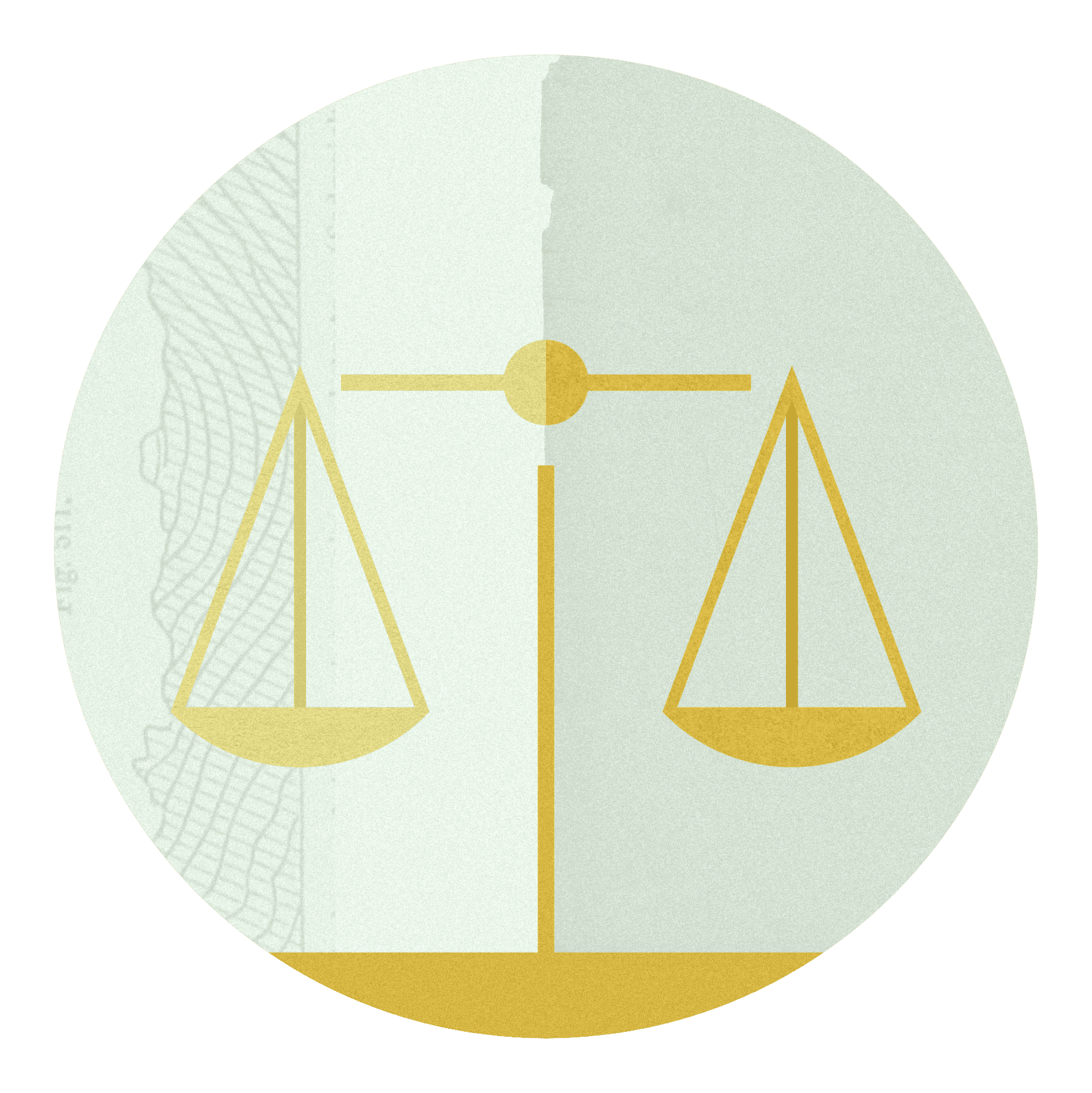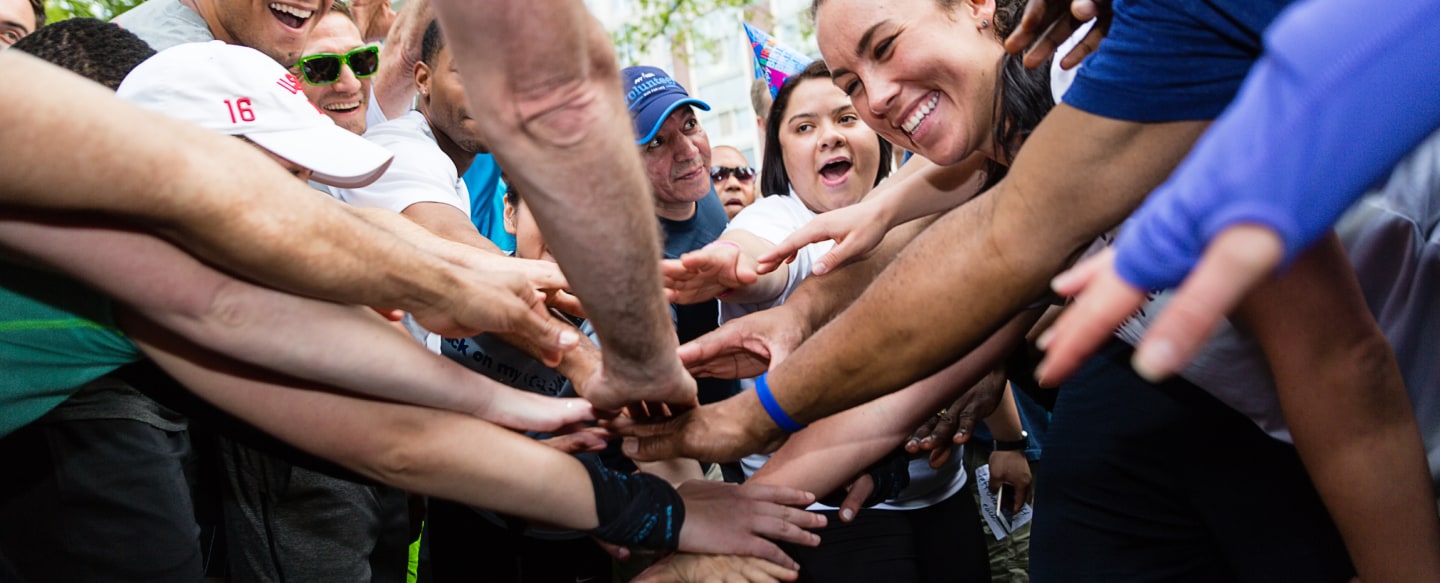When asked for their thoughts on free speech, most Americans embrace it and believe it is fundamental in a democracy. Survey after survey reveals that people across time and demographics overwhelmingly support First Amendment rights.
Dig a layer deeper though, and the feelings are more complex.
This phenomenon isn’t unique to free speech. In practice, civil liberties are not always popular. Protest rights, press freedom, and, among others, the ability to freely think, pray, and speak require eternal vigilance. A 2020 YouGov poll showed almost half of Americans think burning the flag in protest should be against the law. A 2018 Ipsos survey found 43 percent of Republicans think the president should have the authority to close news outlets based on their coverage. And when looking across similar research, a common theme emerges. We all want to censor someone. We just disagree about who.
As humans, we are hardwired to fear what is different. Our first instinct is to silence or shut out. Research repeatedly backs that up. Experience does too. Joining racial justice demonstrations, building new mosques, speaking out at public school board meetings, testifying on voting legislation, and hosting visiting scholars to speak on campus are a small sampling of the rights some Americans have tried to strip from others this year alone.
But people also are antifragile. We are capable of getting stronger and we become more resilient when we encounter difficulties and overcome them. Understanding that we’re built this way has implications for media, communities, businesses, and other critical institutions. But it is arguably most important to understand in education where the ability to freely engage with – and grow from – new ideas and diverse thinkers is foundational to students’ learning and to scholars’ ability to push the bounds of knowledge. Open and diverse environments make growth possible.
Many students, however, feel as if free speech and diversity and inclusion are tension. A 2020 Gallup-Knight Foundation found 76 percent of college students think these concepts are at least occasionally in conflict.
This belief is reflected in the answers to two questions. Eighty-one percent of students want a campus environment where students are exposed to all types of speech (even if they may find it offensive or biased) rather than being protected. But about the same number, 78 percent, said they favor having designated “safe spaces” on campus that are free of threatening actions, ideas, or conversations.
The choice universities face isn’t either-or. The question is how to reconcile the need to build learning environments in which all students feel they belong with the reality that allowing free speech means students might come up against ideas that anger, upset, or overwhelm them.
We know the change that can happen when students with wildly differing, even extreme, views have the space to engage one another.
The son of a grand wizard of the Ku Klux Klan, Derek Black, was outed as a white nationalist during his first year at New College in Florida less than a decade ago. When his peers learned about his beliefs, one invited him to dinner. Shabbat dinner, in fact. The student was Matthew Stevenson – one of the only Orthodox Jews on campus. Over two years of Shabbat dinners, Black realized he could not hold both his friendship with Stevenson and his white supremacist views. He chose recognizing human dignity and now has dedicated his life to bringing others back from extremism.
The campus environment helped create a space where Black was introduced to new people, new ideas, and the dignity of others. While it is not the responsibility of victims of hate to be the ones to reach across the divide, this story is a testament to the power to address prejudices by bringing them into the light of day, discrediting unjust ideas through argument and evidence, and then providing a path to redemption.
Taking short cuts by compelling conformity through censorship strips people of that opportunity. Yes, some ugly ideas will surface as we seek to promote wider debate on campuses and in society. But censorship hides our flaws rather than healing them.
Free expression and diversity are vital elements in creating the kind of space where people feel not only allowed, but encouraged to ask questions about themselves and the world around them. Black and Stevenson’s story is an extreme example, but it illustrates what is possible in even the most challenging of learning journeys. It shows free expression does not just accommodate diversity and inclusivity, it can reinforce them.
Open environments empower learners to grapple with the eternally challenging ideas of justice, ethics, and a life well lived. It is hard work. But these difficult exercises will strengthen the intellectual and social muscles that will make us capable of solving even the most intractable problems.
Sarah Ruger is the vice president of free speech and peace at the Charles Koch Institute.
This viewpoint is part of an ongoing series, Driving Discovery. In this series we amplify the voices of a diverse group of scholars, nonprofit leaders, and advocates who offer unique perspectives on how openness drives human progress.











